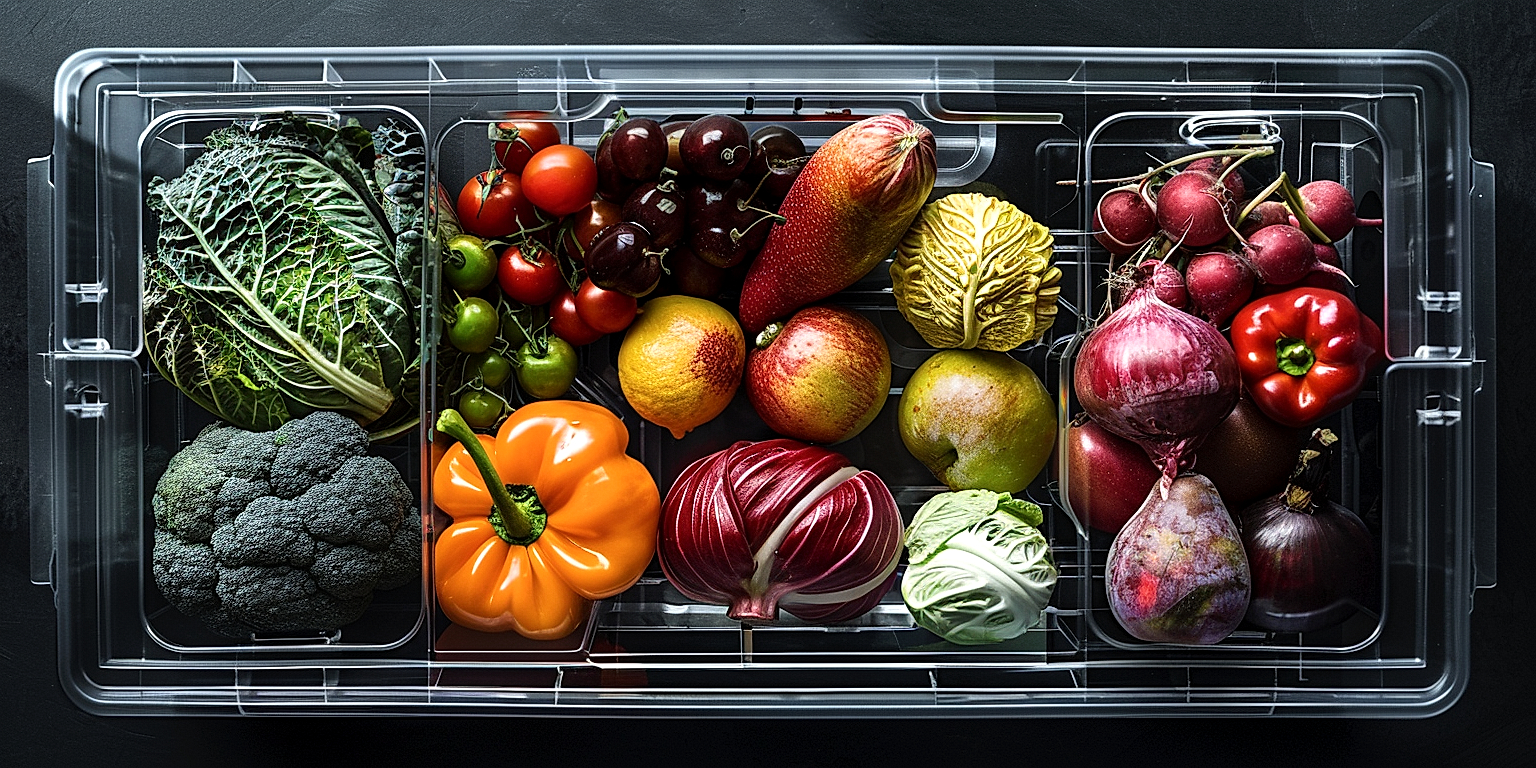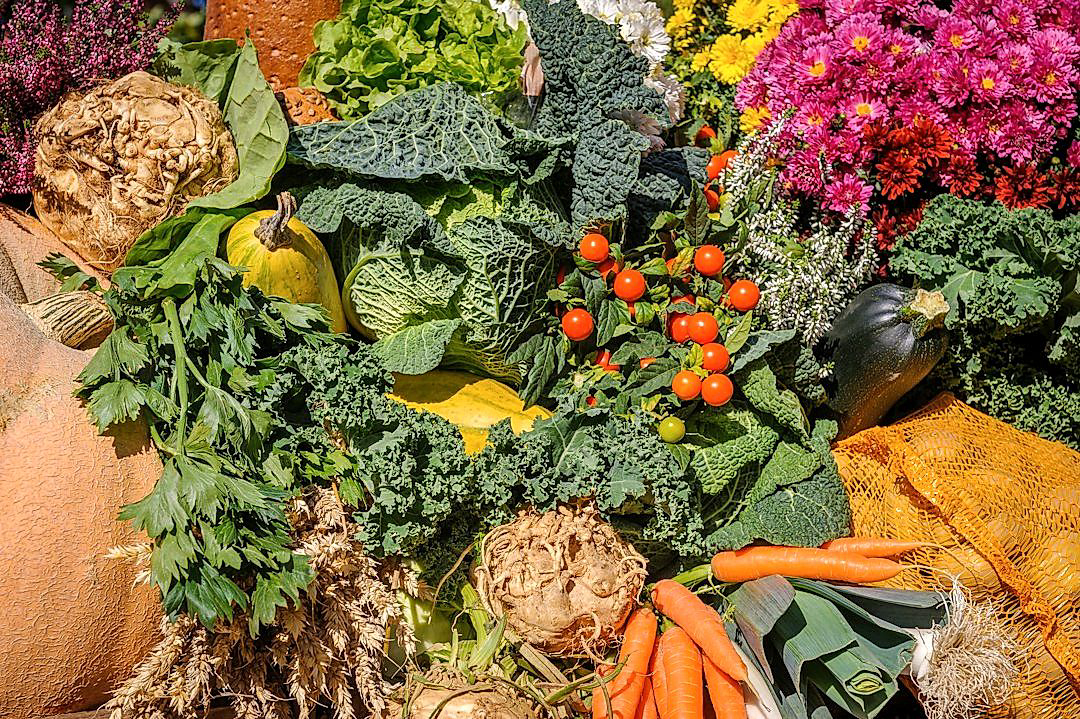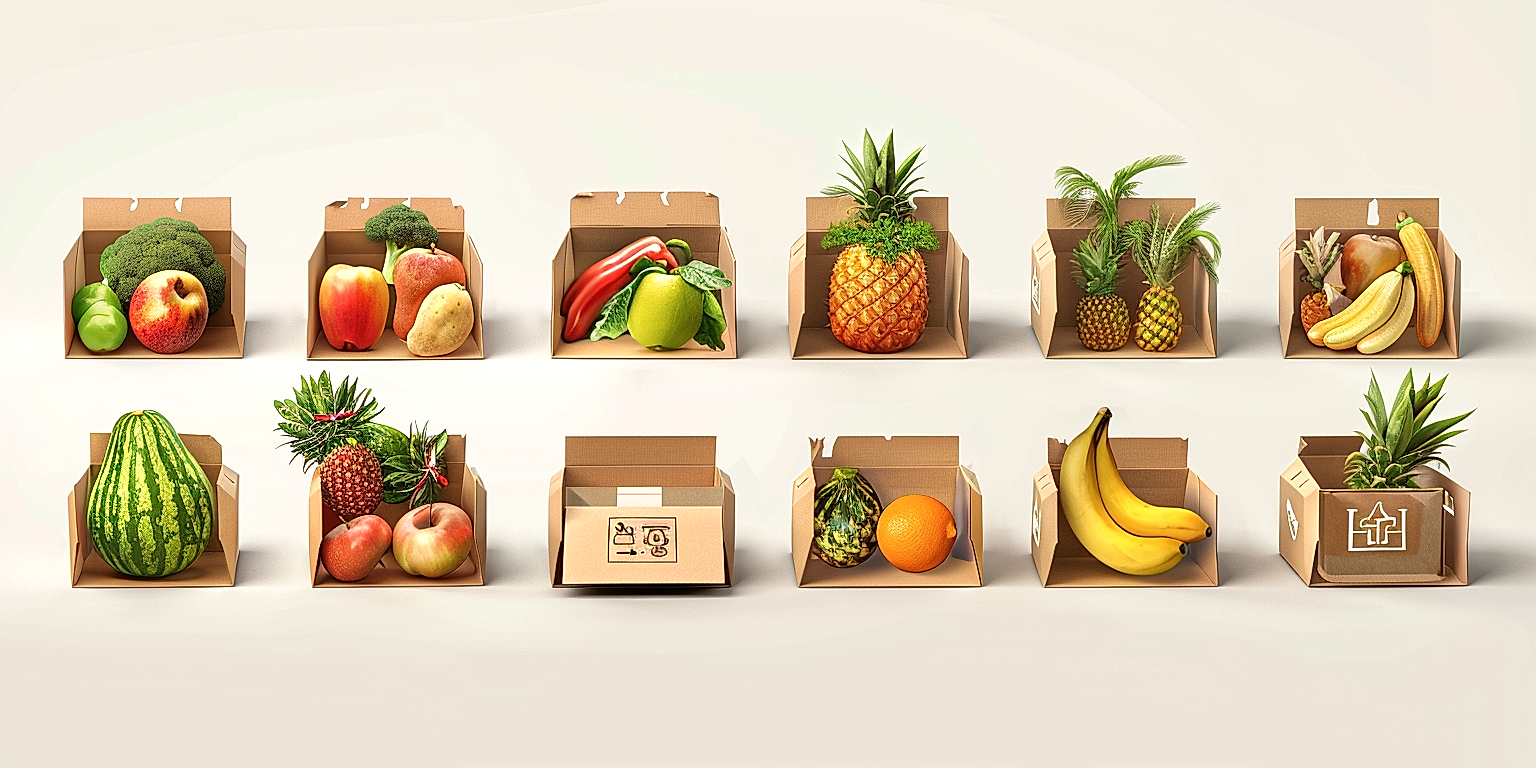The shift in the retail landscape is undeniable.
More than ever before, consumers are turning towards online platforms for their shopping needs.
It is in this context that the online sale of fresh produce is gaining significant attention.
Online retailers globally are tapping into this rapidly growing trend- providing customers with the convenience of ordering fresh fruits, vegetables, and other produce from the comforts of their home.
To stay ahead in the competitive market, it’s crucial to understand the dynamics of this shift.
This article will explore some of the significant trends shaping the future of online produce retail.
E-commerce Trends Shaping Online Produce Retail
1. Increase in mobile shopping and payments.
The evolution and adoption of technology has led to a significant increase in mobile shopping and payments.
This trend is shaping online produce retail as consumers find shopping on their mobile devices more convenient and time-saving.
More and more consumers are embracing online shopping on their mobile devices as they can shop at any time, from anywhere.
In response to this trend, many retailers are optimizing their online platforms for mobile use, creating user-friendly interfaces that make the shopping process smooth and hassle-free.
The adoption of mobile shopping and payments has made consumers’ lives easier, with the capability to easily compare prices, read reviews and make informed purchasing decisions without leaving their homes.
This presents a huge opportunity for online produce retailers to reach and engage with their customers through mobile platforms.
Furthermore, the success of online produce retail now largely depends on seamless mobile shopping experiences.
Apart from shopping, the increase in mobile payments has also contributed significantly to the growth of online produce retail.
Many retailers now offer multiple mobile payment options to appeal to different customer preferences and needs.
Companies are investing in secure, fast and easy-to-use payment systems to boost customers’ confidence in making online purchases.
For instance, the introduction of digital wallets has eliminated the need for physical credit and debit cards, further simplifying the payment process.
With these digital wallets, consumers can easily and securely check out after shopping online, making the shopping experience more convenient and efficient.
In essence, the increase in mobile shopping and payments is not just a trend; rather, it’s a significant shift in how consumers purchase items and how retailers operate.
It’s a trend that is here to stay, and retailers who want to remain competitive must adapt and align their strategies to this new consumer behavior.
As the reach of internet connection continues to grow globally, online produce retailers can expect to see even more growth in mobile shopping and payments in the years to come.
Indeed, the potential of mobile shopping and payments in shaping the future of online produce retail is vast and remains a game-changer in today’s digital age.
2. Integration of AI for personalized experiences
The growth and advancement in technology have seen the integration of AI become a significant trend shaping online produce retail.
Artificial Intelligence, commonly known as AI, is enabling companies to provide personalized experiences to their customers.
It analyzes customer data, their browsing history, purchasing habits among other factors, and uses this information to create a customized shopping experience.
This is particularly useful in the online produce retail as it can help customers find the exact type and quality of produce they require at any given time.
AI is able to understand the customer’s preferences and suggest products that align with their tastes.
The personalized experience provided by AI in e-commerce has a huge impact on customer satisfaction and loyalty, ultimately leading to increased sales.
Integration of AI doesn’t just stop at product recommendations, it also extends to advanced search capabilities and voice-activated shopping.
The AI allows customers to describe the product they’re looking for in their own words, effectually eliminating the need of navigating through various products.
Furthermore, voice-activated shopping, powered by AI, allows customers to place orders using voice commands, making the shopping experience more convenient and seamless.
Companies are also leveraging AI to predict future buying behaviors of customers.
By analyzing past purchase history and browsing habits, companies can anticipate when a customer will need to re-purchase a certain produce and send timely reminders or offer discounts to prompt them to make the purchase.
AI also assists in reducing shopping cart abandonment, a common challenge faced by e-commerce businesses.
Through AI, online produce retailers can monitor customers who abandon their carts and trigger automated follow-up emails offering assistance or similar product suggestions, increasing the chances of completion of the purchase.
While adopting AI comes with costs of integration and maintenance, the return on investment through improved customer experience, increased sales and customer loyalty makes it a worthwhile investment.
Hence, the adoption of AI and its integration in online produce retail is bound to become even more prevalent with time.
Online produce retailers who adopt AI stand to gain a competitive edge and provide exceptional customer experiences, tailored to meet individual customer needs.
3. Adoption of AR/VR for Virtual Product Demonstrations
The dynamic and ever-improving world of e-commerce has provided retailers with a platform to extend their reach beyond physical storefronts.
Among the trends taking the e-commerce sector by storm is the adoption of Augmented Reality (AR) and Virtual Reality (VR) for virtual product demonstrations.
The innovative fusion of technology and shopping experiences has brought about a revolution in how consumers view, pick, and purchase products.
AR and VR technology provides an immersive online shopping experience that brings products to life, breaking down the barriers that traditionally limit online retail.
Owing to AR and VR, customers can now have virtually the same in-store experience from the comfort of their homes, deepening consumer engagement and fostering brand loyalty.
Augmented Reality lets consumers digitally ‘try on’ products or see how items would fit into their space before making a purchase decision.
This significantly reduces the chances of product returns, as the consumers have a more clear and realistic expectation of the product.
On the other hand, Virtual Reality transports users to a digital store environment, offering them a 360-degree view of the products.
This quasi-physical shopping experience helps stimulate impulse buys that are traditionally more prevalent in physical retail than online.
Such AR/VR-enabled shopping experiences also enable marketers to collect valuable data on customer behavior, which can be translated into actionable insights to enhance future shopping experiences.
AR and VR technologies have also transformed the concept of product demonstrations in the e-commerce space.
No longer do companies rely only on lengthy, often incomprehensible, textual product descriptions or two-dimensional images.
Instead, consumers can now engage with interactive 3D product demos, gaining a deeper understanding of the product’s functionality, size, appearance and other key traits.
This technology has especially been a gamechanger for industries like furniture, fashion, and cosmetics, where touch and feel play a significant role in purchase decisions.
Therefore, it can be safely said that AR/VR in e-commerce is not just another passing trend, but rather a critical component in the future of retail, broadening the horizons of online shopping.
4. Rise in subscription-based and direct-to-consumer models.
A key trend in e-commerce sweeping across the online produce retail industry is the rise in subscription-based and direct-to-consumer models.
These models are revolutionizing the way consumers and producers interact in the market.
The customer gets to purchase directly from the producer, eliminating the need for intermediaries, like wholesalers or retailers.
Significantly, this model facilitates a direct and ongoing relationship between the customer and the vendor, providing plethora opportunities for up-selling and cross-selling.
Let’s appreciate that a subscription-based model is invariably beneficial for customers due to the convenience it provides in terms of automated deliveries and ease of transactions.
Moreover, it provides customers with a predictability of cost, as they are charged the same amount on a regular basis.
An added benefit for businesses is that subscription models provide regular and predictable revenue streams, enhancing business stability.
On the other hand, the direct-to-consumer model (D2C) is gaining traction due to its synthesis of simplicity and personalization.
It’s fascinating to observe how a D2C platform allows brands to control every aspect of the selling process from design to marketing, from pricing to customer feedback, thus resulting in improved margins.
A notable aspect of D2C is that it provides brands an opportunity to tell their story, thereby winning over customers’ minds and enhancing brand loyalty.
In the online produce retail industry, subscribing to a weekly or monthly delivery of fresh produce directly from the farm is appealing to a large consumer base that values quality and freshness.
Such a model could lead to higher customer retention, provided the quality, responsiveness and flexibility in ordering, delivery schedule, and payment methods are maintained.
It can be safely asserted that a subscription-based and direct-to-consumer models command a significant influence on the shopping patterns and preferences of consumers in the online retail produce industry.
Therefore, businesses willing to gain a competitive edge should consider investing in these models, given the promising prospects and benefits they offer.
Brands need to meticulously implement subscription and D2C strategies, considering the intricacies of their products, their target market and the dynamics of their competition to ensure their success.
5. Enhanced focus on sustainability and ethical sourcing.
An emergent and increasingly critical trend in e-commerce, particularly within online produce retail, is a heightened focus on sustainability and ethical sourcing.
Consumers are becoming more socially and environmentally aware, which is influencing their buying behaviors.
They don’t just want to know that the product they’re buying is good — they want to know that it’s good for the world.
Thus, online produce retailers are making moves to increase transparency in their supply chain, and are taking steps to ensure that the goods they are selling are responsibly sourced.
When we delve deeper, this trend is nested in the concept of making the e-commerce industry more green.
Practices such as minimizing plastic packaging, reducing carbon emissions in delivery logistics, and stocking products from sustainable brands are becoming more commonplace.
This way there is an alignment of environmental and business interests.
With automation and digitization, tracking and tracing resources to ensure sustainable and ethical sourcing has become easier.
Digital receipts, recycled or biodegradable packaging materials, and renewable energy sources for warehouses are among some of the ways online retailers are trying to reduce their carbon footprint.
Blockchain technology is also being looked at as a solution to bring about transparency in the journey from farm to table or factory to home.
This helps consumers validate the claims made by retailers about the origin and journey of their products, building trust and loyalty.
In the grand scheme of e-commerce trends, pricing and convenience were previously the main factors driving online purchases.
This is, however, changing and consumers are willing to pay a premium for ethically sourced and environmentally friendly products.
More notably, companies in the sector have discovered that a strong sustainability track record can serve as a significant competitive differentiator.
Before incorporating sustainable and ethical sourcing practices, online produce retailers need to approach this strategically, keeping feasibility and scalability in mind.
In a nutshell, the purpose-driven consumer trend, paired with advancements in technology, are making sustainability and ethical sourcing a crucial strategy for online retailers.
The Bottom Line
Overall, there are significant trends shaping the future of eCommerce.
The surge in mobile shopping and payments, along with the integration of AI for personalized experiences, allows for a smoother and more attractive customer journey.
Integrating AR/VR for virtual product demonstrations adds another layer of interaction and convenience, making online shopping more engaging.
Meanwhile, the rise in subscription-based and direct-to-consumer models provides consumers with more options, flexibility, and often more convenience.
At the same time, the increased focus on sustainability and ethical sourcing adds an additional layer of responsibility.
These developments suggest a promising future of innovation and growth in the eCommerce industry as it adapts to meet evolving consumer demands.




